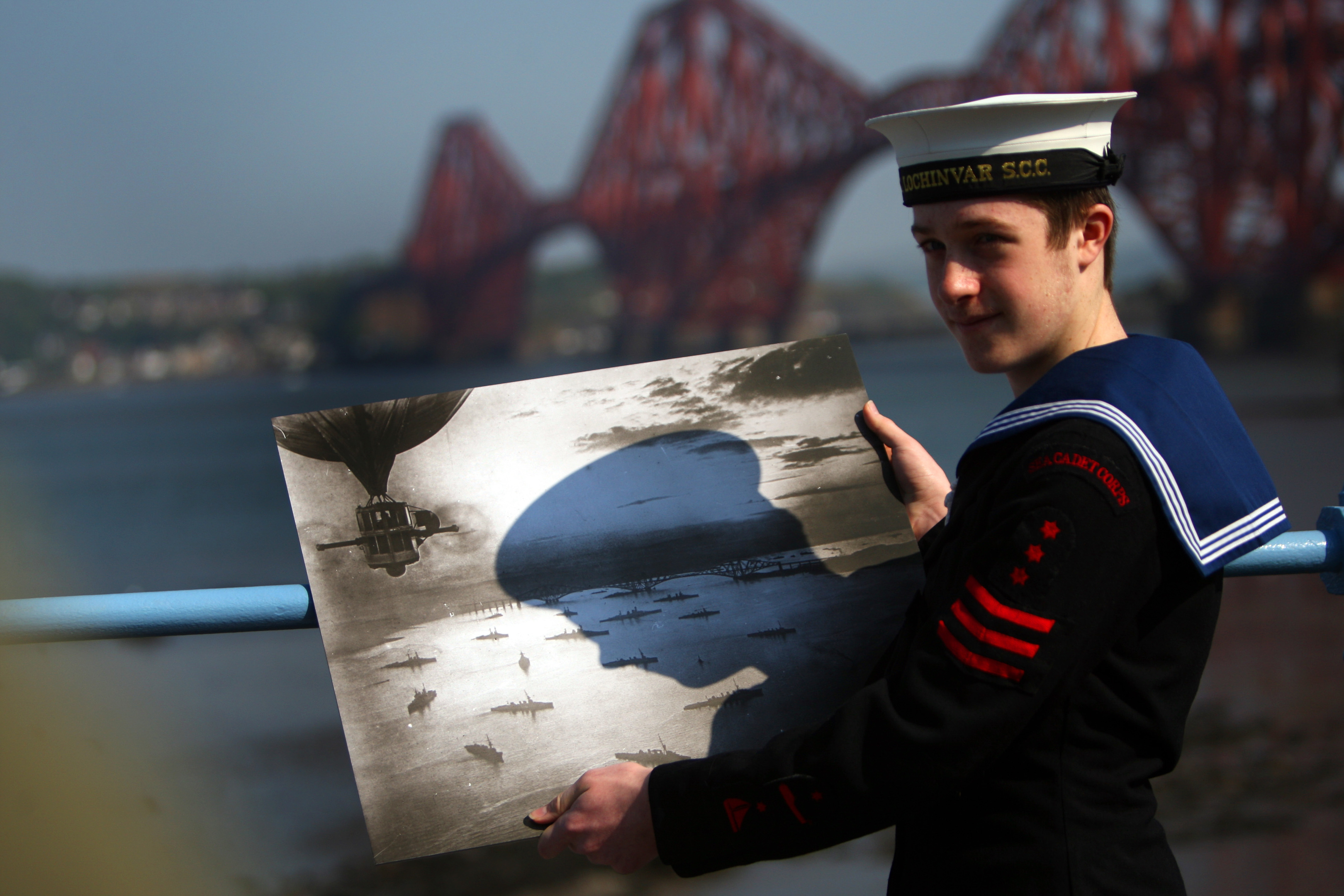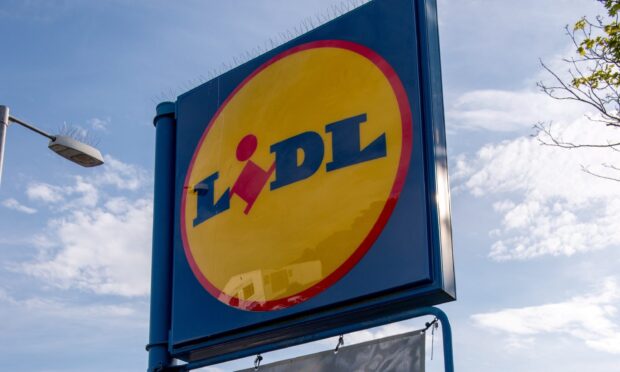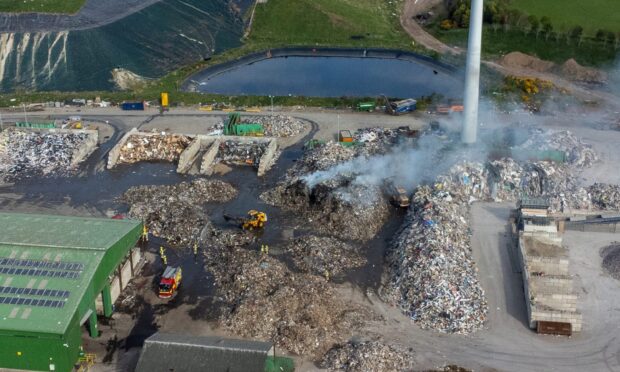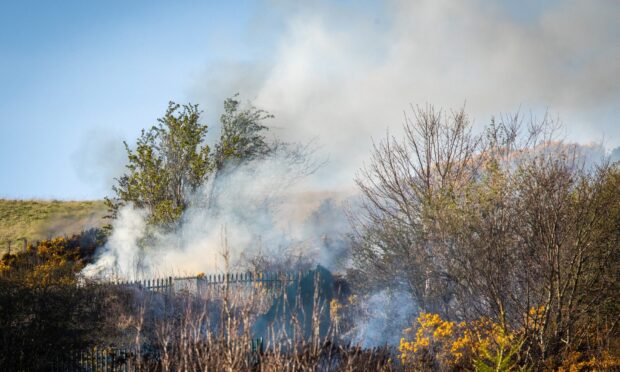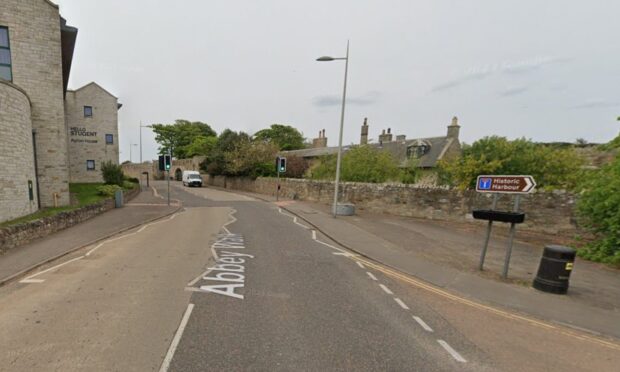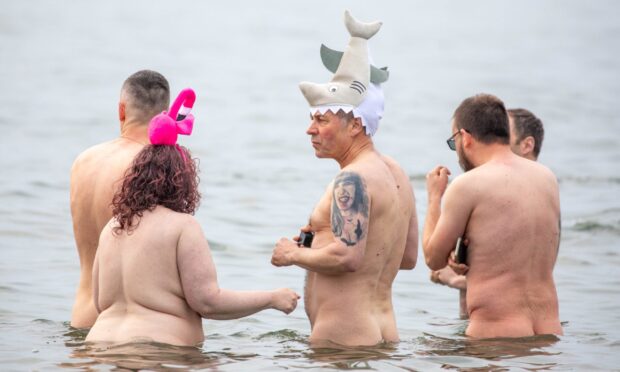The role of the Forth in the First World War’s largest naval battle will be commemorated later this month.
Ceremonies, including a service of remembrance and parade, will take place on May 28 to mark the centenary of the Battle of Jutland, during which more than 6,000 British sailors died.
It will also highlight the important role of the Forth during the war.
Princess Anne and her husband, Vice-Admiral Sir Tim Laurence, will visit Rosyth, where the Battlecruiser force was based in 1916.
They will be joined by the First Ministers of Scotland, Northern Ireland, and Wales, and the Secretary of State for Scotland.
A wreath-laying service will take place followed by an act of remembrance in Rosyth Parish Church.
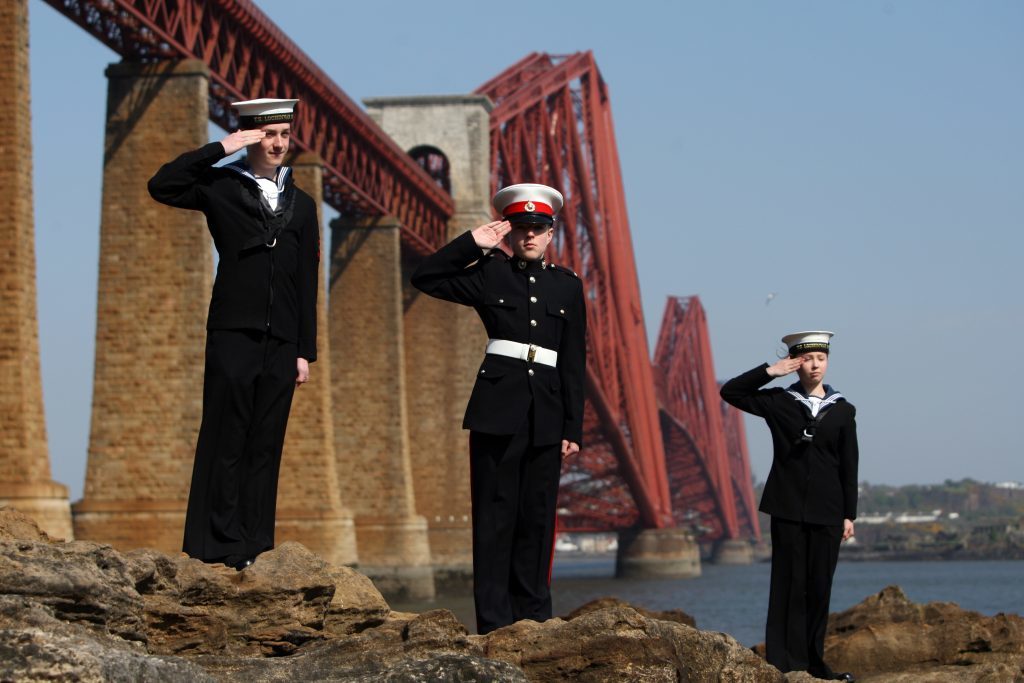
There will also be an exhibition commemorating Rosyth’s role in the battle and celebrating the centenary of Rosyth Garden City and the dockyard.
A further act of remembrance will take place in South Queensferry Commonwealth War Graves Commission’s cemetery where Dunfermline singer Barbara Dickson, whose uncle was killed in the Battle of the Somme, will sing Flowers of the Forest as a wreath is laid.
Edinburgh’s Lord Provost and Lord Lieutenant Donald Wilson said: “The Battle of Jutland was the biggest naval clash of the First World War and left a tragic legacy along the Firth of Forth.
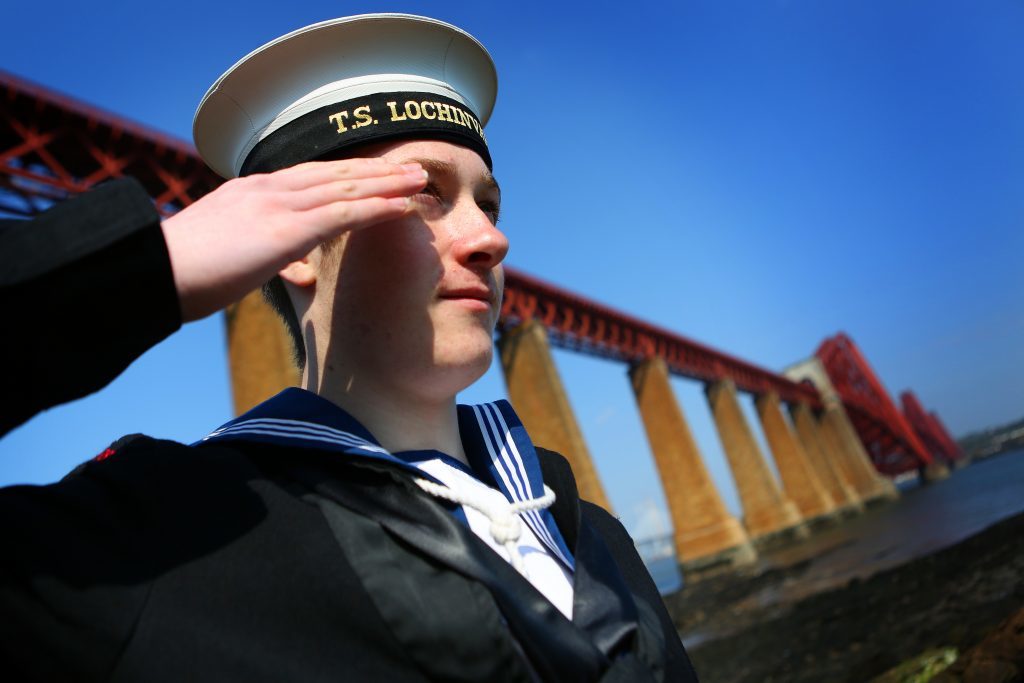
“The battle itself may have lasted only a matter of hours, but close to 9,000 British and German lives were lost.”
He said May 28 would be a time for remembrance and reconciliation.
“It is touching that our events will be attended by schoolchildren from Germany as well as Scotland who wish to pay their respects.”
Fife’s Depute Provost Kay Morrison added: “I am pleased that Fife and the Forth have been chosen to mark the centenary of the Battle of Jutland.
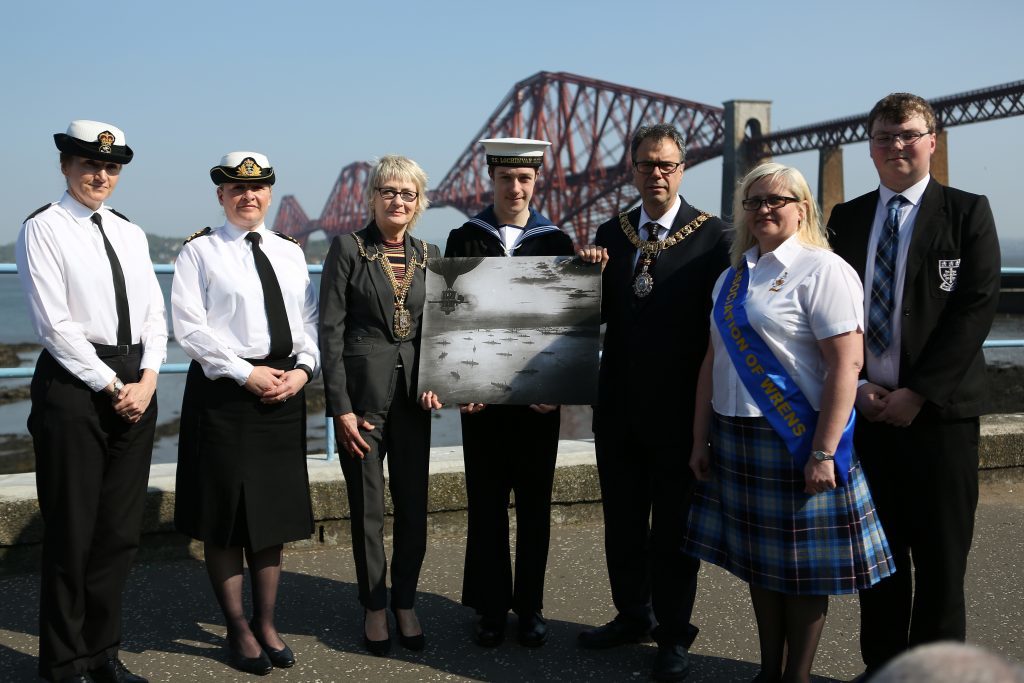
“Our naval heritage is an integral and valued part of Rosyth’s history.”
Captain Chris Smith, Naval Regional Commander Scotland and Northern Ireland added: “The naval heritage of the communities along the Forth is a long and proud one.
“The naval dockyard that was built in Rosyth a hundred years ago and the Battlecruiser Squadron that was based here during the First World War are mere echoes now, testament to a different era.
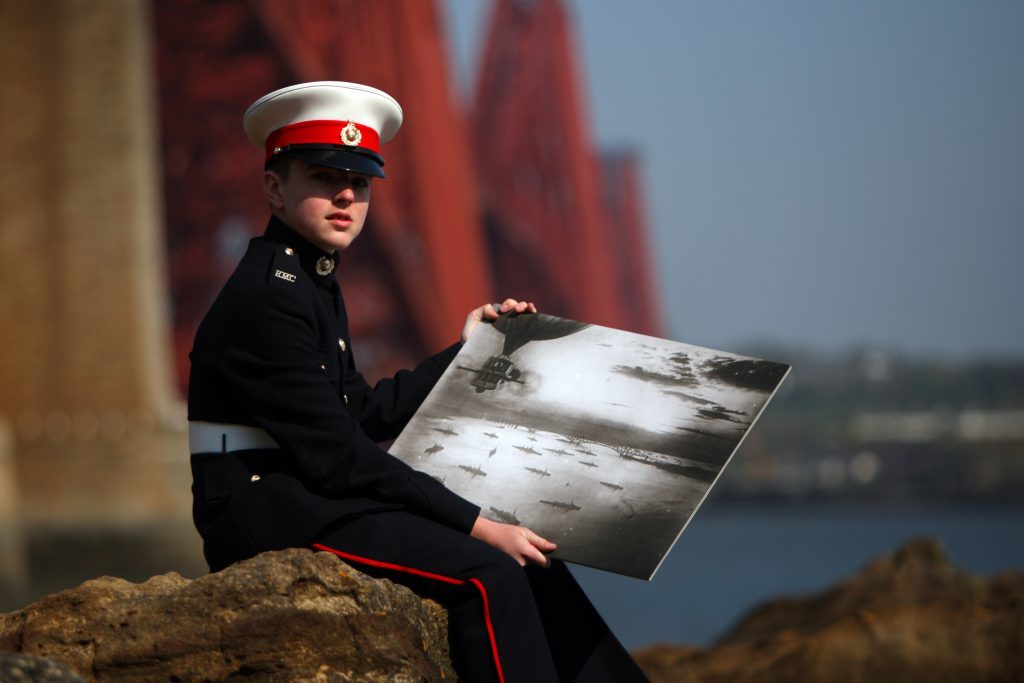
“Yachts in Port Edgar now occupy space that once saw battleships berthed there, so it’s very welcome that we are remembering just how important this stretch of the river has been, and indeed remains to the Royal Navy of the 21st Century.”
The events have been organised by a number of different parties, including the Royal Navy, Queensferry Ambition, the Commonwealth War Graves Commission and both The City of Edinburgh and Fife councils.
Projects have embraced all generations to provide a fitting tribute to those who paid the ultimate sacrifice – many of whom have no known resting place.
Colin Kerr from the Commonwealth War Graves Commission, explained it had sought to find a way to honour those who had died.
The Battle of Jutland
The Battle of Jutland, the most significant naval engagement of the war, saw the loss of thousands of lives in a matter of hours.
Fought over 36 hours it saw 6,094 British lives lost, and those of 2,551 Germans.
The main commemoration will be held in Orkney on May 31, the actual date of the battle, and acknowledges the important role played by Scapa Flow.
It was from there the British Grand Fleet sailed to combat the German High Sea Fleet, only 75 miles from the coast of Denmark and Jutland peninsula.
